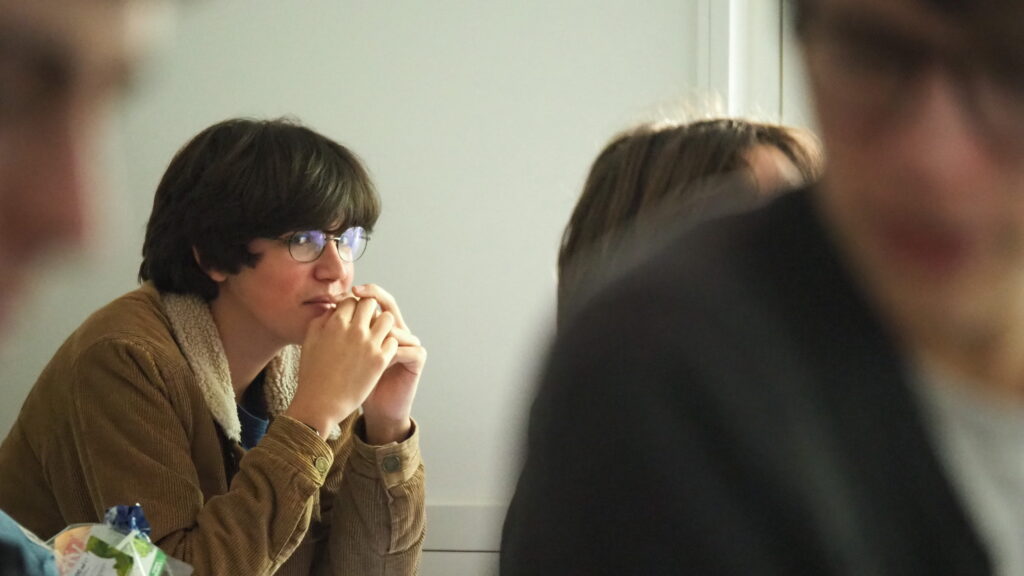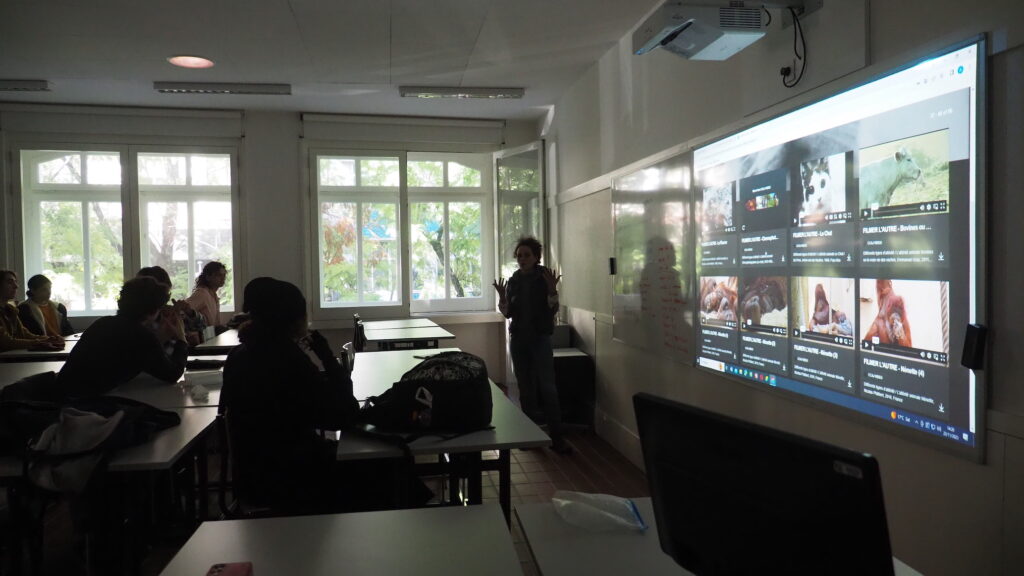

Planos únicos, sem cortes. Primeiro não percebemos tudo, mas depois descobrimos. No caso de Labour in a single shot – Drum começa num plano aproximado de um tambor colorido, depois o homem em primeiro plano que tira de lá de entro roupas e depois, em segundo plano, num plano aberto, vemos em redor e vemos outras pessoas a lavar a roupa e a estendê-la ao sol. No Labour in a single shot – Bread and Water vemos um homem sentado num pequeno compartimento e que recebe coisas de um lado e do outro, depois a câmara move-se e percebemos que ele faz pão atrás de pão e aquilo é uma padaria.
Nenette começa com planos filmados de muito perto, não percebemos muito bem o que estamos a ver, o que nos faz ficar curiosos. Até que vemos os olhos, e aí criamos uma relação emocional: o plano é longo, olhamos para dentro dos olhos. Depois vêmo-la deitada, parece muito triste deprimida. Depois vemos outros orangotangos, os mais pequenos não parecem tão tristes, mas é triste. A câmara filma os orangotangos do lado de fora da jaula de vidro, do mesmo lugar que os visitantes. Ouvimos os comentários dos adultos, as perguntas das crianças. Vão criando uma relação entre a orangotango e as suas vidas: tem a mesma idade que o pai, as rendas em Paris, etc.


A few notes on some excerpts for exercise 1
Single shots, no cuts. At first you don’t understand everything, but then you figure it out. In the case of Labour in a single shot – Drum, it starts with a close-up of a colored drum, then the man in the foreground taking clothes out of it and then, in the background, in an open shot, we look around and see other people washing clothes and laying them out in the sun. In Labour in a single shot – Bread and Water we see a man sitting in a small compartment and receiving things from one side and the other, then the camera moves and we realize that he is making loaf after loaf of bread and that this is a bakery.
Nenette begins with very close-ups, we don’t really understand what we’re looking at, which makes us curious. Until we see her eyes, and then we create an emotional connection: the shot is long, we look into her eyes. Then we see her lying down, she looks very sad and depressed. Then we see other orangutans, the smaller ones don’t look so sad, but it’s sad. The camera films the orangutans outside the glass cage, from the same place as the visitors. We hear the adults’ comments, the children’s questions. They create a relationship between the orangutan and their lives: it’s the same age as their father, the rents in Paris, etc.

